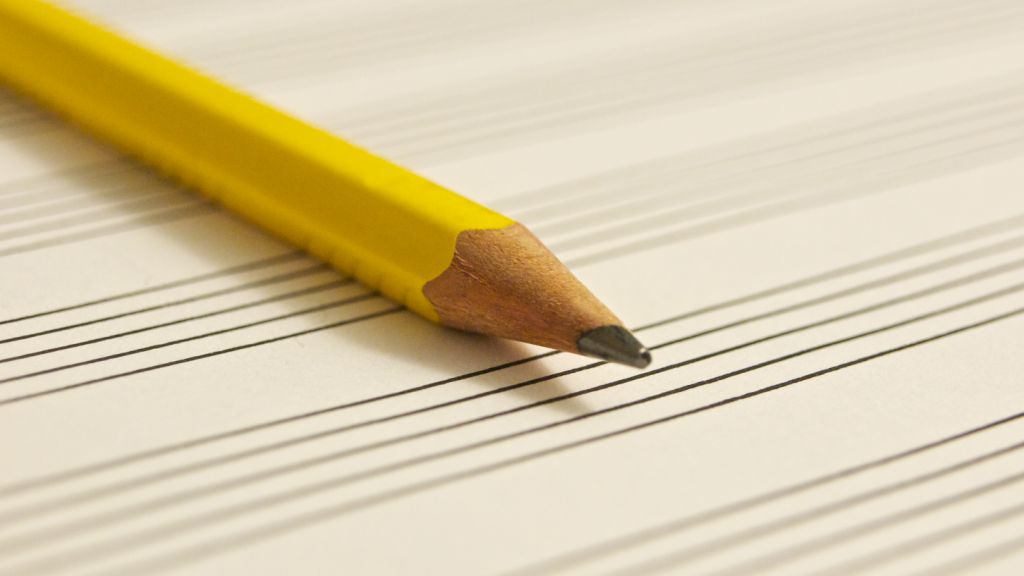“The greatest musicians are the greatest listeners”
I recently listened to the 2002 interview with Mulgrew Miller on Marian McPartland’s Piano Jazz. The entire show is worth a listen, but one anecdote stuck out to me about the importance of listening deeply.
About halfway through the show, Marian asks about Mulgrew’s private teaching practice and what he tells students in a private lesson. Mulgrew replies:
I tell them I think the most important thing to their development is to learn how to listen.
It turns out that Mulgrew had to learn this lesson the hard way on the bandstand. He recounts a learning experience he had playing the tune Four on a gig with Clifford Jordan:
After I cam to New York, I was on a gig once and I was playing the tune Four. This was with one of the veteran musicians in New York, Clifford Jordan.
I was playing some changes that I had learned from a fake book, and they were not the original changes. Although I had been listening to recordings of Miles playing Four and they were playing the original changes, I just didn’t listen beyond what was on the surface, you know?
Clifford came over to me that night and said, “you know you’re playing the wrong changes on Four”
I said “really?”
And he said “yeah, they’re this…” and he showed me.
I said “wow, that’s amazing. I’ve been listening to that record for years and I hadn’t noticed that.”
I went back home and I put the record on, and there it was, as plain as day, the changes that he was showing me.
What I learned from that is that I had not been listening deep enough—in enough detail—to get all the proper things.
This anecdote has inspired me to increase the amount of practice time that I spend with recordings. To me, listening deeply can mean literally transcribing melodies or harmonies I hear. It can also mean trying to feel the groove on a deep level, or hear specific phrasing or dynamics. Sometimes I will put a record on and simply play along with it, beginning to end. Each time I do, I find that I hear something in a new way, and get inspired to go even deeper.
